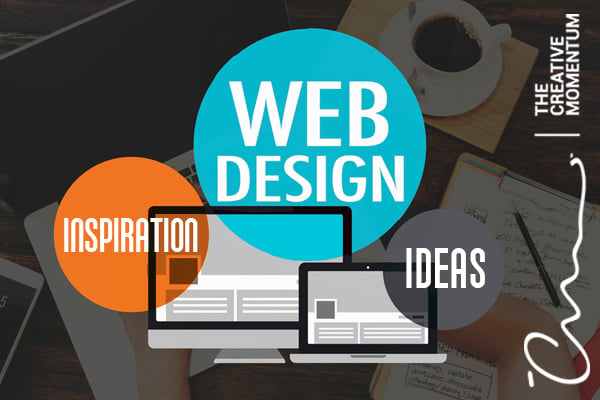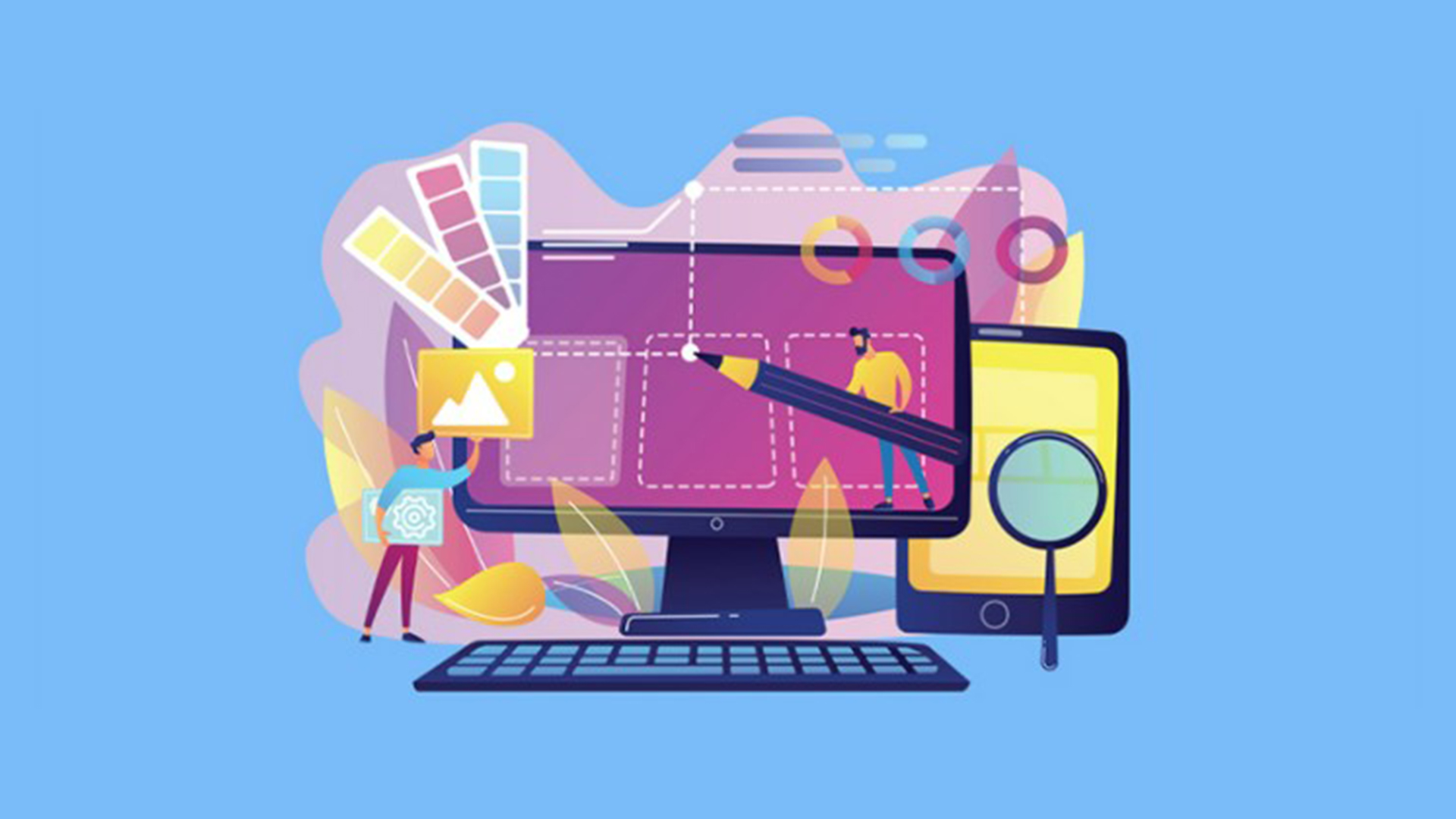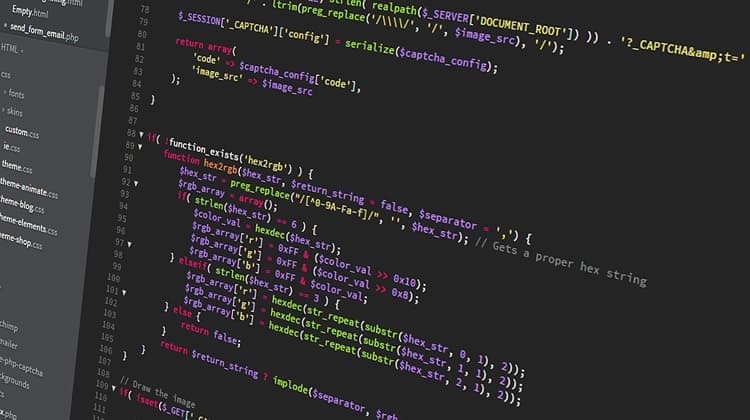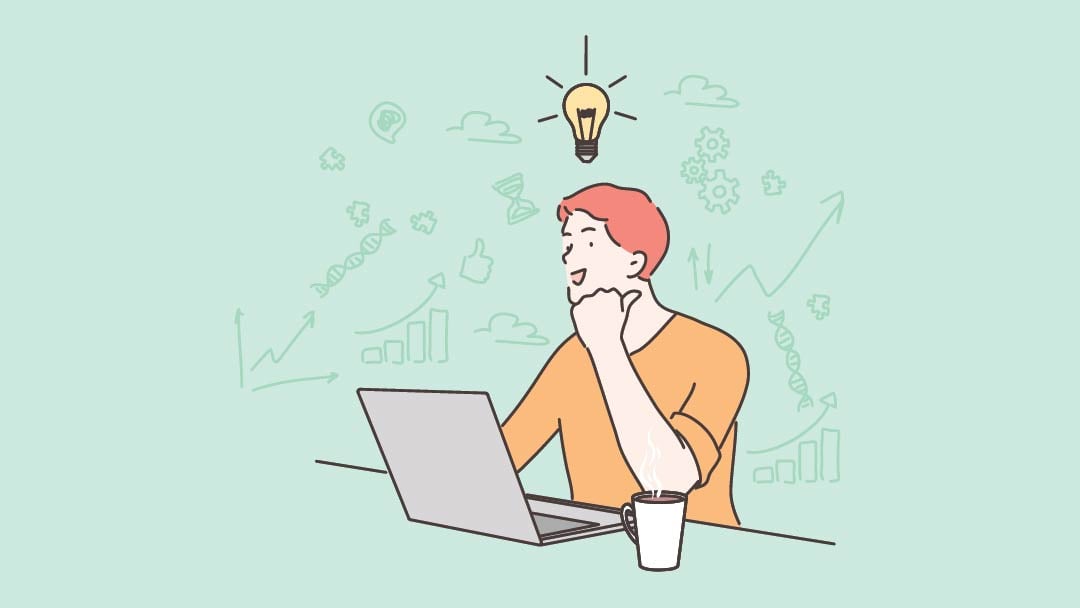All Categories
Featured
Table of Contents
- – Minneapolis Web Design - 100+ Five Star Review...
- – $899 - Custom Mobile Friendly Website Design ...
- – Figma: The Collaborative Interface Design Too...
- – Top Web Design Agencies Ranked - 2022 Reviews...
- – Top Web Design Agencies Ranked - 2022 Reviews...
- – Otc Web Design Girdwood, Alaska - Web Design ...
- – Otc Web Design Girdwood, Alaska - Web Design...
- – Web Design Services - Networksolutions.com T...
- – Web Design Services + Website Development Ag...
- – What Is Web Design? A Comprehensive Guide - ...
- – Web Design - Uci Division Of Continuing Educ...
Minneapolis Web Design - 100+ Five Star Reviews - Seo ... Tips and Tricks:
Quick summary Usability and the energy, not the visual style, determine the success or failure of a site. Considering that the visitor of the page is the only individual who clicks the mouse and for that reason decides everything, user-centric design has developed as a standard method for effective and profit-oriented web design - web design frederick md.
and the utility, not the visual design, determine the success or failure of a site. Because the visitor of the page is the only person who clicks the mouse and for that reason decides everything, user-centric style has actually ended up being a basic method for effective and profit-oriented web design. After all, if users can't use a function, it may as well not exist.
g. where the search box need to be put) as it has currently been done in a variety of posts; instead we concentrate on the approaches which, used effectively, can cause more advanced design choices and streamline the process of viewing provided information. Please see that you might be interested in the usability-related articles we've published prior to: Concepts Of Good Site Style And Reliable Website Design Guidelines, In order to utilize the concepts properly we first require to comprehend how users engage with sites, how they believe and what are the fundamental patterns of users' habits.
$899 - Custom Mobile Friendly Website Design By Go Web ... Tips and Tricks:
Visitors look at each new page, scan some of the text, and click the very first link that captures their interest or vaguely resembles the thing they're trying to find. In reality, there are big parts of the page they don't even look at. Many users browse for something intriguing (or helpful) and clickable; as quickly as some appealing candidates are discovered, users click.
If a page supplies users with high-quality material, they want to jeopardize the material with ads and the style of the website. This is the reason that not-that-well-designed websites with high-quality material acquire a lot of traffic over years. Content is more vital than the style which supports it.

Users don't check out, they scan. Notice how "hot" locations abrupt in the middle of sentences. This is normal for the scanning process. Really basic concept: If a website isn't able to meet users' expectations, then designer stopped working to get his task done effectively and the business loses cash. The greater is the cognitive load and the less intuitive is the navigation, the more ready are users to leave the website and look for options.
Figma: The Collaborative Interface Design Tool. Tips and Tricks:
Neither do they scan web page in a linear fashion, going sequentially from one site section to another one. Instead users satisfice; they select the very first sensible choice. As quickly as they discover a link that appears like it might lead to the objective, there is an excellent chance that it will be right away clicked.
It doesn't matter to us if we comprehend how things work, as long as we can utilize them. If your audience is going to imitate you're creating billboard, then design terrific signboards." Users want to have the ability to control their browser and depend on the constant information discussion throughout the website.
If the navigation and website architecture aren't intuitive, the variety of question marks grows and makes it harder for users to comprehend how the system works and how to obtain from point A to point B. A clear structure, moderate visual ideas and easily identifiable links can assist users to find their course to their goal.
Top Web Design Agencies Ranked - 2022 Reviews - Clutch.co Tips and Tricks:

claims to be "beyond channels, beyond products, beyond circulation". What does it suggest? Given that users tend to explore websites according to the "F"-pattern, these 3 declarations would be the very first elements users will see on the page once it is packed. The style itself is simple and user-friendly, to comprehend what the page is about the user needs to browse for the response.
As soon as you've accomplished this, you can communicate why the system works and how users can gain from it. People will not utilize your website if they can't find their way around it. 2. Don't Squander Users' Persistence, In every project when you are going to use your visitors some service or tool, attempt to keep your user requirements minimal.
Novice visitors want to, not filling long web forms for an account they may never utilize in the future. Let users explore the website and discover your services without forcing them into sharing personal information. It's not affordable to force users to get in an email address to test the function.
Top Web Design Agencies Ranked - 2022 Reviews - Clutch.co Tips and Tricks:
And that's what you desire your users to feel on your web website. The registration can be done in less than 30 seconds as the type has horizontal orientation, the user doesn't even require to scroll the page.
A user registration alone suffices of an impediment to user navigation to minimize incoming traffic. 3. Manage To Focus Users' Attention, As websites offer both static and dynamic material, some elements of the user interface draw in attention more than others do. Clearly, images are more appealing than the text simply as the sentences marked as strong are more appealing than plain text.
Focusing users' attention to particular areas of the website with a moderate use of visual components can assist your visitors to obtain from point A to point B without thinking of how it really is expected to be done. The less enigma visitors have, the they have and the more trust they can establish towards the business the site represents.
Otc Web Design Girdwood, Alaska - Web Design & Google ... Tips and Tricks:
4. Aim For Feature Direct exposure, Modern website design are generally slammed due to their technique of assisting users with aesthetically appealing 1-2-3-done-steps, large buttons with visual impacts etc. But from the design viewpoint these aspects in fact aren't a bad thing. On the contrary, such as they lead the visitors through the website content in an extremely simple and easy to use method.
The site has 9 primary navigation options which show up at the first look. The option of colors may be too light. is a fundamental principle of successful interface style. It doesn't actually matter how this is achieved. What matters is that the material is well-understood and visitors feel comfy with the method they engage with the system.
com gets straight to the point. No adorable words, no overemphasized statements. Rather a cost: just what visitors are looking for. An optimum solution for effective writing is touse brief and concise phrases (come to the point as quickly as possible), usage scannable layout (classify the material, use multiple heading levels, use visual elements and bulleted lists which break the flow of consistent text blocks), usage plain and unbiased language (a promo does not need to sound like ad; offer your users some sensible and unbiased reason why they must use your service or remain on your website)6.
Otc Web Design Girdwood, Alaska - Web Design & Google ... Tips and Tricks:
Users are seldom on a site to delight in the design; in addition, in most cases they are trying to find the information despite the design - web design frederick md. Pursue simplicity rather of intricacy. From the visitors' point of view, the very best site design is a pure text, with no advertisements or further content obstructs matching precisely the question visitors utilized or the material they've been trying to find.
Finch plainly provides the information about the site and provides visitors a choice of choices without overcrowding them with unneeded content. 7. Don't Hesitate Of The White Space, In fact it's truly difficult to overstate the importance of white area. Not just does it help to for the visitors, however it makes it possible to view the info presented on the screen.
Complex structures are harder to read, scan, evaluate and deal with. If you have the option in between separating 2 style sectors by a noticeable line or by some whitespace, it's typically much better to use the whitespace service. (Simon's Law): the better you handle to supply users with a sense of visual hierarchy, the much easier your content will be to perceive.
Web Design Services - Networksolutions.com Tips and Tricks:
The exact same conventions and guidelines should be applied to all elements.: do the most with the least amount of hints and visual components. Clarity: all components must be created so their significance is not ambiguous.
Conventions Are Our Buddies, Standard design of website elements doesn't result in a boring web site. It would be a functionality problem if all sites had various visual presentation of RSS-feeds.
understand what they're getting out of a site navigation, text structure, search placement etc. A normal example from use sessions is to equate the page in Japanese (presuming your web users don't know Japanese, e. g. with Babelfish) and offer your use testers with a job to discover something in the page of different language.
Web Design Services + Website Development Agency Tips and Tricks:
Test Early, Test Often, This so-called TETO-principle must be used to every web design job as usability tests often supply into significant issues and issues related to a given layout. Test not too late, not too little and not for the incorrect factors.
Some important points to keep in mind: according to Steve Krug, and screening one user early in the task is much better than testing 50 near completion. Accoring to Boehm's very first law, errors are most frequent during requirements and design activities and are the more expensive the later they are eliminated.
That implies that you develop something, test it, repair it and after that evaluate it again. There may be problems which haven't been discovered during the very first round as users were almost obstructed by other issues. usability tests. Either you'll be pointed to the issues you have or you'll be pointed to the absence of significant design flaws which is in both cases an useful insight for your task.
What Is Web Design? A Comprehensive Guide - Wix.com Tips and Tricks:

This holds for designers too. After you have actually worked on a site for few weeks, you can't observe it from a fresh perspective any longer. You understand how it is constructed and for that reason you know exactly how it works you have the knowledge independent testers and visitors of your website wouldn't have.
It can be linked to other locations such as graphic style, user experience, and multimedia arts, however is more aptly seen from a technological standpoint. It has become a large part of people's daily lives. It is tough to picture the Web without animated graphics, various designs of typography, background, videos and music.

During 1991 to 1993 the Internet was born. Text-only pages could be viewed using a basic line-mode browser. In 1993 Marc Andreessen and Eric Bina, developed the Mosaic internet browser. At the time there were multiple web browsers, however most of them were Unix-based and naturally text heavy. There had been no integrated technique to graphic design components such as images or sounds.
Web Design - Uci Division Of Continuing Education Tips and Tricks:
The W3C was produced in October 1994 to "lead the Web to its complete capacity by establishing typical protocols that promote its development and ensure its interoperability." This prevented any one business from monopolizing a propriety browser and programming language, which could have modified the impact of the Web as a whole.
As this has happened the innovation of the web has actually likewise moved on. There have also been considerable modifications in the way people utilize and access the web, and this has actually altered how websites are designed.
Learn more about Lovell Media Group LLC or TrainACETable of Contents
- – Minneapolis Web Design - 100+ Five Star Review...
- – $899 - Custom Mobile Friendly Website Design ...
- – Figma: The Collaborative Interface Design Too...
- – Top Web Design Agencies Ranked - 2022 Reviews...
- – Top Web Design Agencies Ranked - 2022 Reviews...
- – Otc Web Design Girdwood, Alaska - Web Design ...
- – Otc Web Design Girdwood, Alaska - Web Design...
- – Web Design Services - Networksolutions.com T...
- – Web Design Services + Website Development Ag...
- – What Is Web Design? A Comprehensive Guide - ...
- – Web Design - Uci Division Of Continuing Educ...
Latest Posts
Website Creators Frederick MD
Webpage Design (Article) - Further Learning - Khan Academy Tips and Tricks:
Lifted Logic: Web Design In Kansas City - Seo - Website ... Tips and Tricks:
More
Latest Posts
Website Creators Frederick MD
Webpage Design (Article) - Further Learning - Khan Academy Tips and Tricks:
Lifted Logic: Web Design In Kansas City - Seo - Website ... Tips and Tricks: